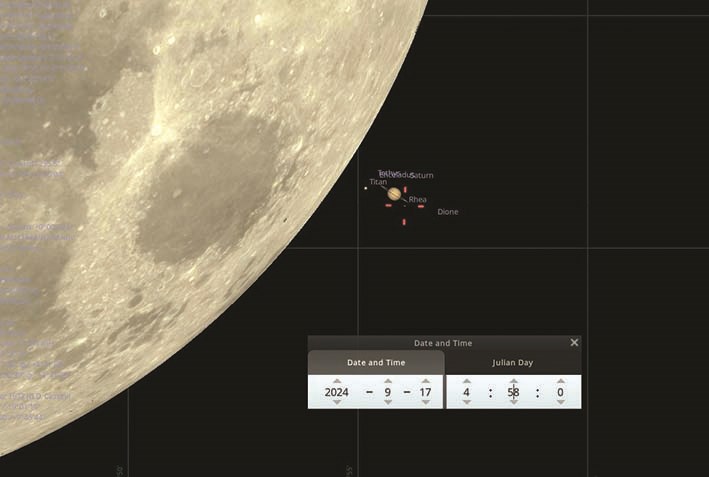August is the time for the Perseid meteor shower and my best viewing this year was the night of Aug. 10. I managed to stay awake long enough that the radiant point – in Perseus – was well above the horizon and the sky was clear with a few thin clouds near the horizon. I wound up seeing bright meteors about every five minutes or so – fast (less than a half second), bright white and often leaving a brief trail. The thing to remember about any meteor stream is that they can appear anywhere in the sky; they just appear to radiate from the area after which they’re named. Case in point: as soon as I walked out on my deck Aug. 10, I looked southwest to the horizon, opposite direction to Perseus, and caught a very bright Perseid, way brighter than Venus, that flared brightly and left a trail visible for a couple of seconds. Later, I saw something I’ve never seen before: I was looking right at Perseus (the radiant) and saw a bright white light for about half a second that didn’t appear to move at all, then went out. I suspect I saw a meteor that was coming straight at me. Yes, I am very appreciative of Earth’s nice dense atmosphere for many reasons and I thought of Winston Churchill’s quote that went: “Nothing in life is so exhilarating as to be shot at without result.”
September starts off with a new moon and Venus pairing very low in the west after sunset on Sept. 4. At that time in the fall, the ecliptic east of the sun is inclined closer to the horizon than in the spring. As a result, all of the above objects move daily east more than up and they just scoot left along the horizon. Morning objects, meanwhile, are west of the sun and as we revolve around it, they appear to climb almost straight up.
The first two weeks of September offer the best view of Mercury this year for those of us in the Northern Hemisphere. It passed between us and the sun on Aug. 18 and will reach its maximum western elongation of 19 degrees on Sept. 5. It will be bright and visible until about mid-month, then disappears behind the sun by Sept. 30. The easiest way to find it is to look east before sunrise, find Jupiter high and bright in the southeast 60 degrees above the horizon and look down and left to where the sun’s glow appears. Mars will look pink about one-quarter of the way to the horizon and Mercury will be almost at the horizon, brighter than Mars and white.
More lunar events start Sept. 16 in the evening with the nearly full moon approaching Saturn and occulting it at 04:10 on Sept. 17 for about 50 minutes. Astrophotographers take note: this is your best chance for a great composite of Saturn and the moon. Screenshot attached.
Later that day, at about 17:45, with Venus just above the western horizon, you can see a full moon rising in the East with a small circular bite out of its top edge. This is actually a partial lunar eclipse with less than 10 per cent of the moon passing through Earth’s complete shadow. To complete the trifecta, it should be possible to see the ISS setting in the east just about the same time. Lunar perigee – almost the closest for the year – occurs Sept. 18 so look for large tidal ranges.
Keep checking the site www.spaceweather.com for a daily update on the T Corona Borealis nova expected in the next few months. That star has been about magnitude 10 but when it flares it will brighten to magnitude 2 or so. We’ll see a nova; literally meaning “new star.” Should be impressive.
The SCAC monthly meetings will resume Sept. 13 at 19:00 with a lecture by Jaymie Matthews, astrophysics professor at UBC. I’m told these presentations are very popular and highly entertaining. Location has yet to be determined but Sechelt Library or Seaside Centre are my best bets; check the club website at:
sunshinecoastastronomy.wordpress.com.





